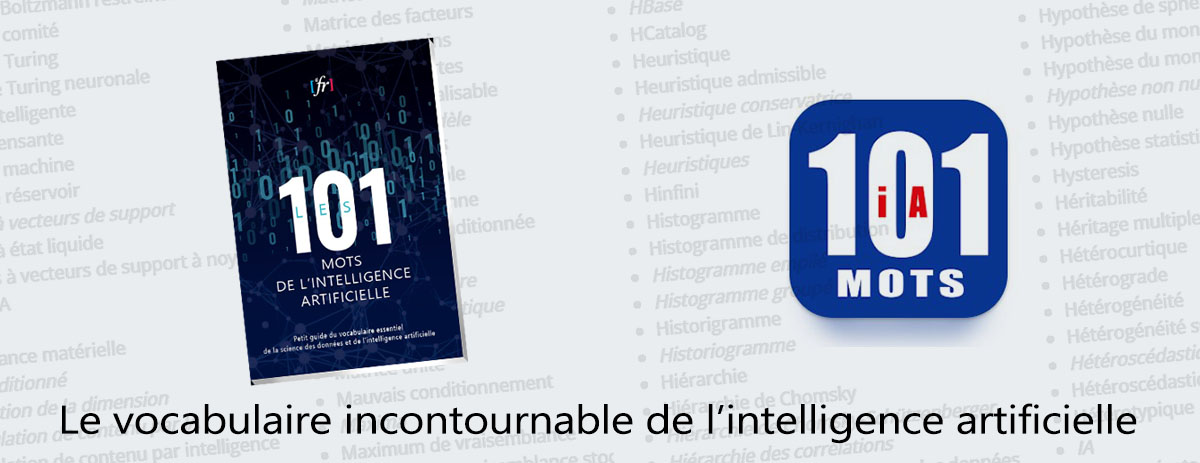« Backward chaining » : différence entre les versions
(Page créée avec « == en construction == Catégorie:Vocabulary Catégorie:Intelligence artificielle Catégorie:UNSW == Définition == xxxxxxx == Français == xxxxxxx == Ang... ») Balise : Éditeur de wikicode 2017 |
m (Remplacement de texte : « ↵↵↵↵ » par « ») |
||
| (4 versions intermédiaires par le même utilisateur non affichées) | |||
| Ligne 1 : | Ligne 1 : | ||
#REDIRECTION[[Chaînage arrière]] | |||
[[Catégorie:ENGLISH]] | |||
== Anglais == | == Anglais == | ||
'''backward chaining ''' | '''backward chaining ''' | ||
| Ligne 23 : | Ligne 14 : | ||
Backward-chaining is to be contrasted with forward chaining. | Backward-chaining is to be contrasted with forward chaining. | ||
==Sources== | |||
[http://www.cse.unsw.edu.au/~billw/dictionaries/mldict.html Source : UNWS machine learning dictionary] ] | [http://www.cse.unsw.edu.au/~billw/dictionaries/mldict.html Source : UNWS machine learning dictionary] ] | ||
Dernière version du 29 janvier 2024 à 13:21
Rediriger vers :
Anglais
backward chaining
Backward chaining is a means of utilizing a set of condition-action rules. In backward chaining, we work back from possible conclusions of the system to the evidence, using the rules backwards. Thus backward chaining behaves in a goal-driven manner.
One needs to know which possible conclusions of the system one wishes to test for. Suppose, for example, in a medical diagnosis expert system, that one wished to know if the data on the patient supported the conclusion that the patient had some particular disease, D.
In backward-chaining, the goal (initially) is to find evidence for disease D. To achieve this, one would search for all rules whose action-part included a conclusion that the patient had disease D. One would then take each such rule and examine, in turn, the condition part of the rule. To support the disease D hypothesis, one has to show that these conditions are true. Thus these conditions now become the goals of the backward-chaining production system. If the conditions are not supported directly by the contents of working memory, we need to find rules whose action-parts include these conditions as their conclusions. And so on, until either we have established a chain of reasoning demonstrating that the patient has disease D, or until we can find no more rules whose action-parts include conditions that are now among our list of goals.
Backward-chaining is to be contrasted with forward chaining.
Sources

Contributeurs: wiki






